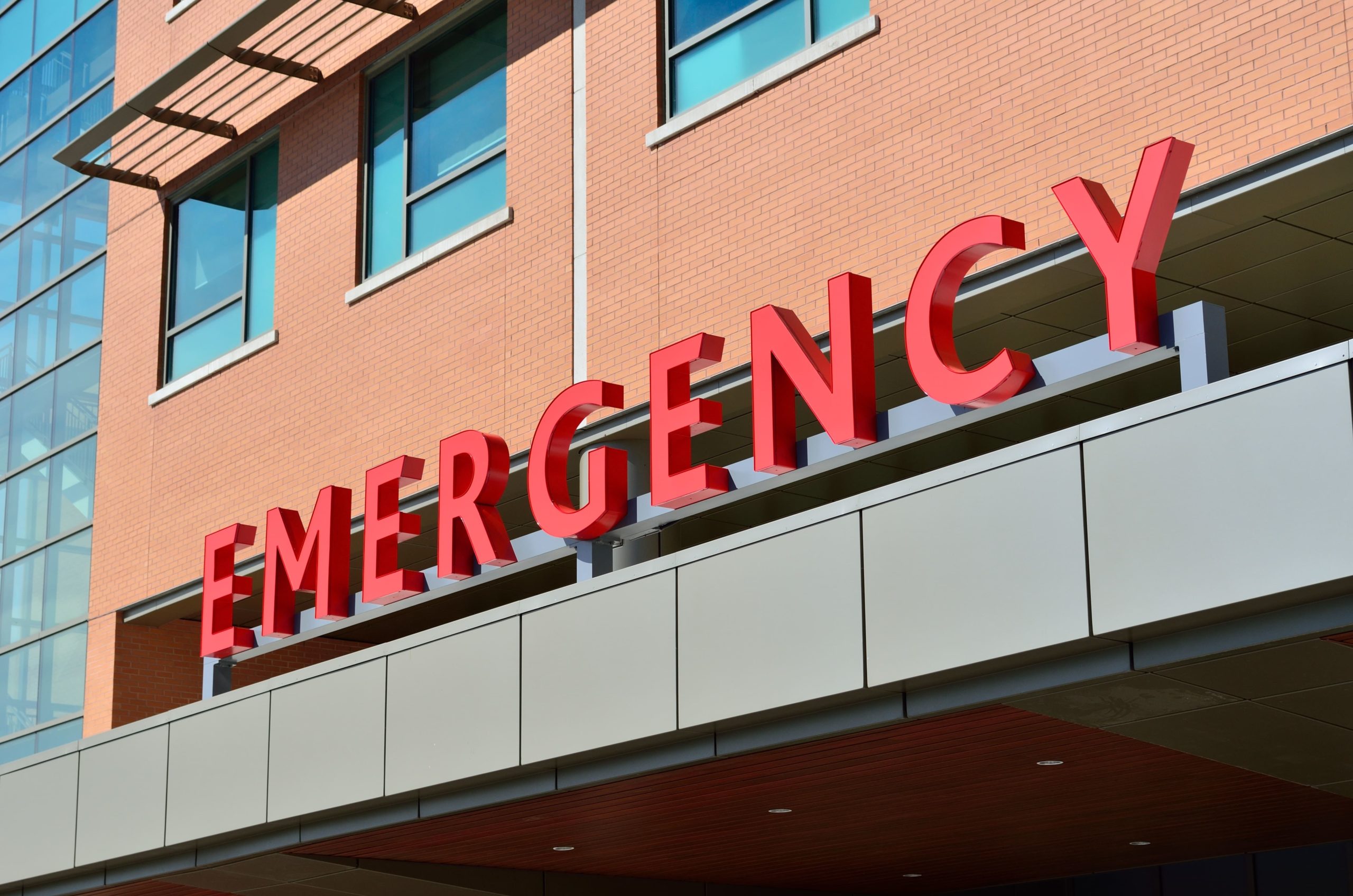Inherent to any construction site are dust, debris, and other disturbing particles that can become airborne and potentially hazardous to the health of those around them.
In medical environments, this can be especially dangerous to vulnerable patients, staff, and visitors, which is why it’s imperative that containment areas be established during medical buildouts.
The purpose of containment areas during construction is to do just as it sounds – contain potentially harmful particles from circulating outside the construction area. They also help with disease control.
Important considerations for containment areas in construction
The CDC provides guidelines for implementing protective measures during construction, and Florida AHCA requirements also outline specific measures contractors must take during medical construction projects to ensure effective containment.
Per Infection Control Risk Assessment (ICRA) guidelines, the key to proper containment is using air scrubbers or negative air machines with HEPA filters to ensure that the air is clean. It’s also important to place a manometer at the entrance to the containment area. This tool measures the air pressure, and a negative reading lets the hospital know that construction dust particles are being contained within the confinement area.
At Seacoast Construction, we specify exactly how the site will be contained within our construction documents, including how waste will be removed and how the medical staff will be able to navigate the building without disrupting any functionality of the area.
As we partner with project owners on medical construction projects, we discuss these important factors:
- Project goals and facility history – Communication is essential during a medical buildout, and project stakeholders must be actively engaged during pre-construction as we work through health and safety guidelines, how to ensure operational continuity during construction, documentation, signage, and compliance with all requirements. Transparent communication, collaboration about the project’s goals, and understanding the facility’s unique requirements are absolutely necessary to successfully complete the buildout.
- Containment location – Determining where the containment area will be within the building will affect what type of equipment and materials will be needed to contain the space.
- Level of containment required – The containment area’s location and the type of medical facility will also influence the level of containment required.
Containment areas during construction are critical to the health and safety of medical personnel and patients, as well as for the effective operation of the medical facility.
At Seacoast Construction, we understand that a seamless construction experience means implementing the strictest of containment measures. For questions about your medical buildout, please get in touch with our team.
- test :



YOUR COMMENT